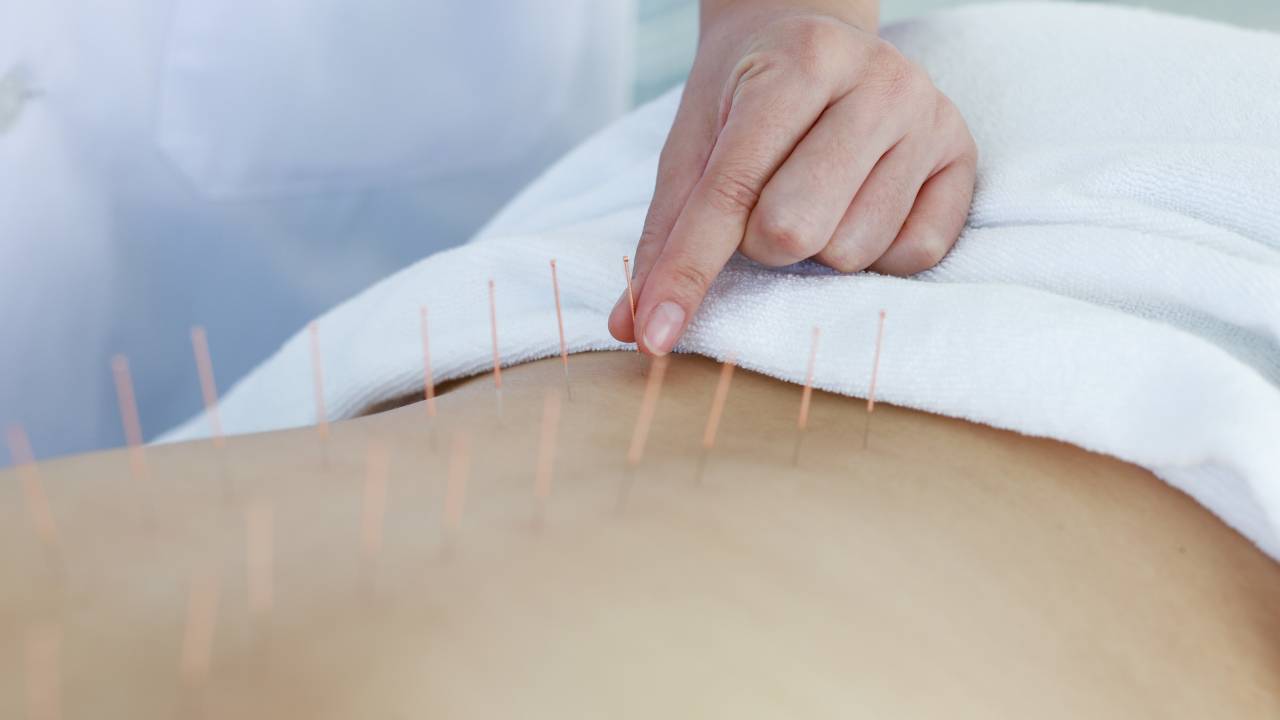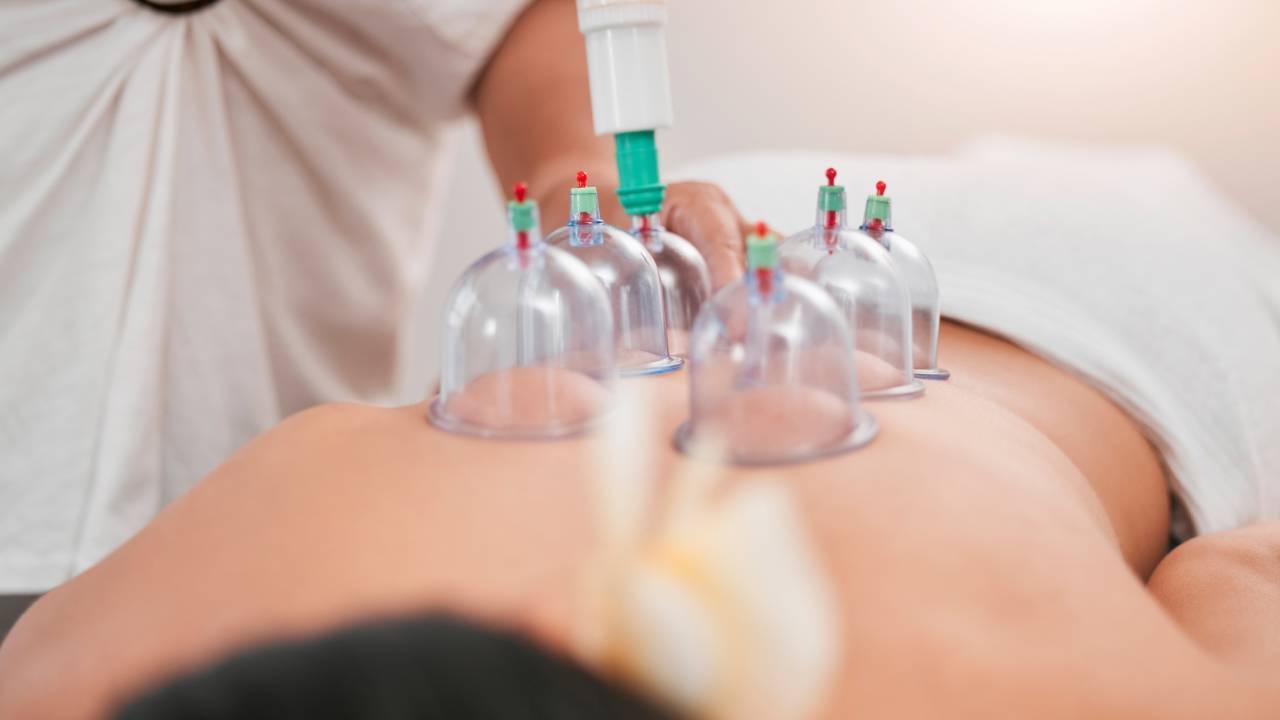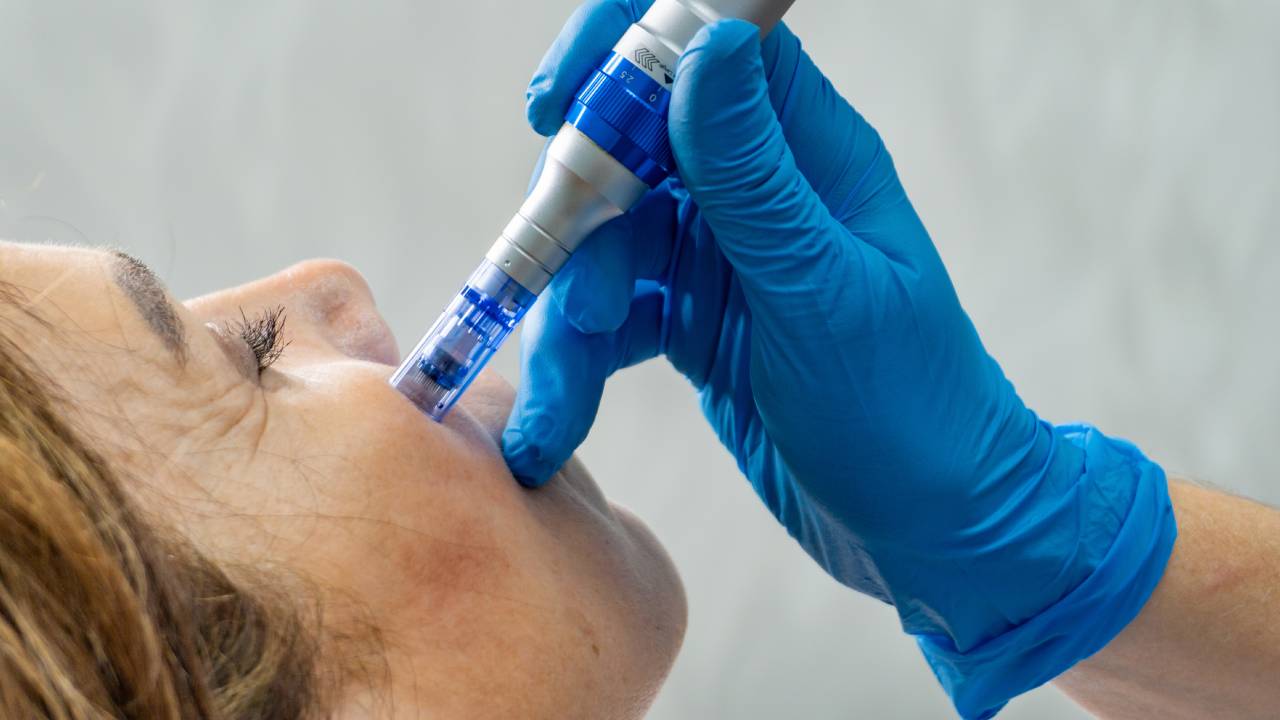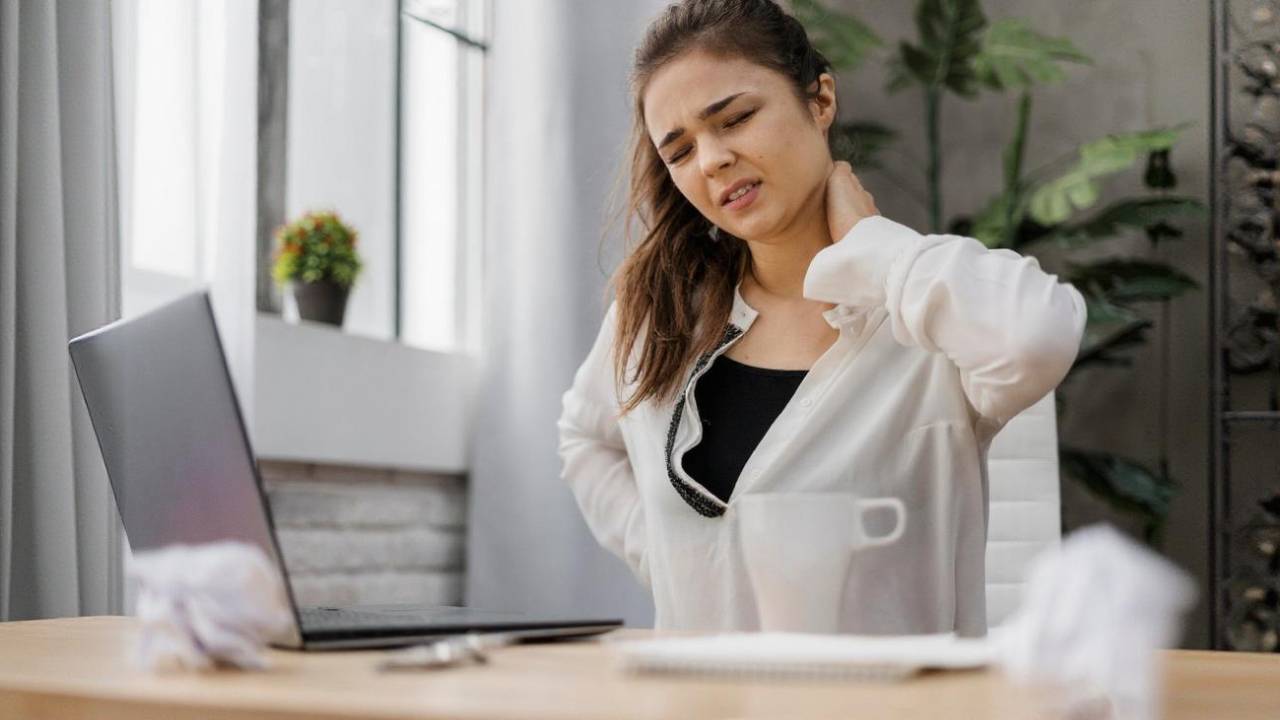5 Ways Acupuncture in Toronto Supports Your Physiotherapy Goals
acupuncture in Toronto
Introduction
Acupuncture has become an established method used in many physiotherapy clinics across Canada. Among residents seeking care in the Greater Toronto Area, acupuncture in Toronto is increasingly incorporated into treatment plans for a variety of physical conditions. This article provides a clear, modern explanation of how acupuncture is applied within clinical physiotherapy settings, what conditions it supports, and what patients can expect from this approach.
What Is Acupuncture?
Acupuncture is a clinical technique that involves inserting very thin, sterile needles into specific points on the body. In physiotherapy settings, these points are chosen based on anatomical, muscular, and neurological relevance. The objective is to influence the body’s systems particularly the musculoskeletal and nervous systems to support recovery, reduce discomfort, and improve functional movement.
Unlike other interventions that rely on medication or invasive procedures, acupuncture offers a non-pharmaceutical option to influence physical responses. Clinics providing acupuncture in Toronto typically integrate the method alongside manual therapy, rehabilitation exercises, and education.
Why Physiotherapists Use Acupuncture
In a clinical context, acupuncture is used to influence nerve signaling, stimulate circulation, and reduce tension in deep tissue. Physiotherapists use it as a tool to:
- Diminish muscle tightness that may not respond to stretching alone
- Improve local blood flow to support tissue healing
- Calm nerve sensitivity that contributes to chronic discomfort
- Prepare muscles for strength or mobility exercises
When delivered in a physiotherapy setting, acupuncture in Toronto follows clear clinical guidelines. The process includes patient screening, goal-based planning, and integration with broader treatment strategies.
How Acupuncture Is Applied
Physiotherapists who are trained and licensed to use acupuncture begin with a detailed assessment. This includes reviewing symptoms, checking movement patterns, and identifying trigger points or areas of muscular restriction.
Sterile, single-use needles are inserted into the skin, usually for 15 to 30 minutes. These needles are extremely fine, and their insertion is typically painless or accompanied by only minor sensations. Patients might feel dull pressure, tingling, or warmth at the site.
Clinics offering acupuncture in Toronto may also use techniques such as:
- Dry needling, a more targeted form of acupuncture aimed at muscular trigger points
- Electroacupuncture, which involves applying a mild electrical pulse to certain needles to increase stimulus
All applications are tailored to the patient’s clinical presentation and physical goals.
Conditions Commonly Treated
Patients receiving acupuncture in Toronto often have a variety of conditions. It is rarely a standalone treatment, but rather a technique integrated into broader care.
1. Muscle Tension and Trigger Points
Many people suffer from chronic muscle tightness, particularly in the neck, shoulders, or back. Acupuncture may help reset muscle tone and reduce mechanical restrictions.
2. Postural Strain
Desk work, repetitive movement, or improper lifting techniques can cause pain related to poor posture. Needling specific muscles may improve alignment and reduce stress on joints.
3. Sports Injuries
Sprains, tendon issues, or overuse injuries are common among athletes. When used in conjunction with exercise-based therapy, acupuncture may help shorten recovery time by easing local inflammation and promoting circulation.
4. Nerve Irritation
Conditions like sciatica or nerve entrapments may involve irritation or referred pain. Acupuncture points are selected to modulate nerve activity and support functional movement.
5. Tension-Type Headaches
In some individuals, headaches are related to muscular strain around the neck and shoulders. Clinical acupuncture can help reduce this tension and restore muscular balance.
What to Expect During a Session
For patients attending acupuncture in Toronto, a session is structured and goal-oriented. Here’s a general overview of what takes place:
- Assessment: The physiotherapist evaluates posture, muscle function, symptoms, and physical goals.
- Planning: A treatment plan is created, which may include acupuncture as one component.
- Needle Application: Thin needles are inserted into selected points based on your needs. The therapist monitors your comfort level and physiological response.
- Recovery and Debriefing: Needles are removed, and recommendations for activity or follow-up care are given.
Most patients tolerate the procedure well. Some feel immediate muscle release; others notice gradual improvement over several sessions.
Safety and Regulation
In Ontario, physiotherapists who offer acupuncture must complete post-graduate certification and follow the standards set by the College of Physiotherapists of Ontario. This ensures patient safety and clinical appropriateness.
When receiving acupuncture in Toronto, you can expect:
- Use of sterile, single-use needles
- Clear explanation of risks and goals
- Professional conduct and informed consent
- Ongoing assessment of treatment effectiveness
Mild effects such as small bruises, temporary soreness, or fatigue can occur but usually resolve quickly.
Is Acupuncture Right for You?
Acupuncture may be suitable for people who:
- Experience muscle or joint discomfort resistant to other methods
- Prefer options that do not involve medication
- Are recovering from injury or surgery
- Have movement restrictions linked to deep muscle tension
- Need support managing stress-related muscular symptoms
Clinics offering acupuncture in Toronto determine eligibility on a case-by-case basis. The technique is not appropriate for individuals with certain conditions, including active infections, specific bleeding disorders, or uncontrolled health conditions.
Integration With Physiotherapy Treatment Plans
Physiotherapists use acupuncture as one part of a wider treatment approach. It is most effective when paired with:
- Targeted exercise programs to rebuild strength and flexibility
- Manual therapy to improve joint mobility
- Posture and movement retraining to prevent recurrence
- Education to help patients understand and manage their condition
In this context, acupuncture in Toronto is not about addressing one symptom, but about improving physical function and adaptability through a coordinated plan.
Preparing for Your Appointment
Here are a few simple steps to take before your first appointment:
- Dress comfortably: This allows easy access to the treatment area.
- Eat a light meal: Avoid coming on an empty stomach.
- Arrive with questions: Your physiotherapist will explain the goals and address concerns.
- Share full history: Medical background, medications, and previous experiences can influence your treatment plan.
How to Find the Right Provider
If you’re considering acupuncture in Toronto, focus on clinics that provide:
- A regulated, licensed physiotherapist with acupuncture certification
- A thorough assessment and goal-oriented treatment planning
- Integrated care with manual therapy and exercise-based rehabilitation
- Transparency about risks, benefits, and expected outcomes
Avoid clinics that offer acupuncture without a physical evaluation or that promote it as a cure-all. It should always be part of a comprehensive, evidence-informed care plan.
Moving Forward
Acupuncture in Toronto is increasingly used as a targeted method to support physical rehabilitation. In regulated physiotherapy settings, it is applied with a focus on musculoskeletal function, neural response, and tissue recovery. While not suitable for every individual, it may contribute to improved comfort, movement, and recovery when combined with a structured treatment plan.
If you’re exploring options for physical therapy or injury recovery, discussing acupuncture with a licensed physiotherapist could offer another tool in your path toward better physical performance and resilience.




